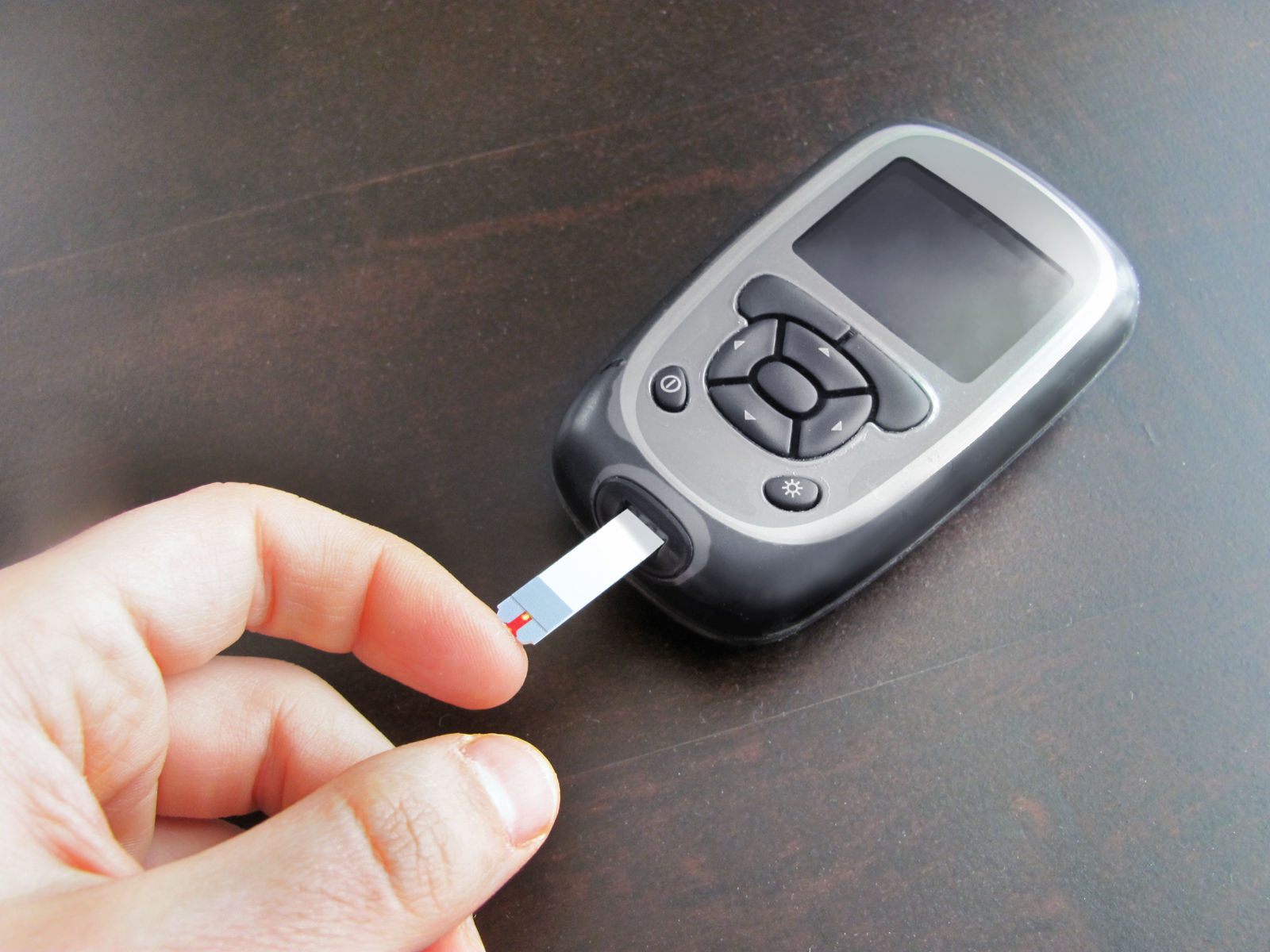
TUESDAY, Jan. 18 (HealthDay News) — As the final round of the NFL playoffs approaches this weekend, consider this sobering fact from a new study: One in every 12 fans leaving major sporting events is intoxicated.
After measuring the blood alcohol content (BAC) of 382 adults following 13 baseball games and three football games, researchers from the University of Minnesota found that 8 percent of fans surveyed had a BAC of 0.08 or higher, the legal intoxication limit. They also discovered that those who had tailgated before a game were 14 times more likely to leave the game drunk.
The study — apparently the first in the United States to attempt to measure BAC levels after professional sporting events — also determined that fans under the age of 35 were nine times more likely to be drunk.
About one in four attendees who tailgated said they consumed five or more alcoholic beverages while tailgating, and those in the highest BAC range had consumed an average of 6.6 drinks, according to the study.
“There weren’t really a lot of studies that specifically looked at an objective measure of how much people were drinking at these events,” said study author Darin Erickson, an assistant professor of epidemiology and community health at University of Minnesota’s School of Public Health. “As with most good research, it probably brought up more questions than answers.”
Erickson and his team approached fans exiting sporting events between May and October 2006, asking them to consent to an anonymous breathalyzer test and a five-minute verbal survey assessing their alcohol consumption levels before and during the game.
An average of 20 fans volunteered after each game, with 58 percent of participants being men. About 55 percent were between the age of 21 and 35, while 14 percent were 51 or older.
The study is reported online Jan. 18 and will be published in the April print issue of the journal Alcoholism: Clinical & Experimental Research.
Erickson said it was challenging to get fans to consent to the test, not only because they may have wanted to obscure their blood alcohol levels but also because “they’ve got one thing on their mind — to beat the traffic and get home.”
“We were concerned we wouldn’t be able to get enough people,” he said. “Next time we would have [another person on the team] just to watch how many people say no. We don’t have a real objective idea of the response rate.”
Alcohol experts said the number of fans leaving stadiums legally intoxicated is probably higher than the reported 8 percent.
“The numbers are startlingly alarming,” said Dr. Stephen Ross, an assistant professor at the New York University School of Medicine and clinical director of the NYU-Langone Center of Excellence in Addiction.
“It’s well-known the amount of drinking that goes on at ball games,” Ross said. “It’s part of the culture of the games. Culture determines substance use almost more than any other factor. It’s clearly a public safety hazard.”
Michael Hilton, deputy director of the division of epidemiology and prevention research for the U.S. National Institute on Alcohol Abuse and Alcoholism, said it’s reasonable to assume that many people leave sporting events too intoxicated to drive home safely.
“The implication is that a lot of these people are probably going to be driving,” he said. “It should be an area of concern. This is really very much a pilot study, but it definitely says things that are worth following up in future studies.”
Erickson and others said stadiums, universities and other venues of major sports events should look at adding or beefing up policies that check drivers’ sobriety or discourage tailgating or serving too many alcoholic drinks to patrons.
“The study reminds us that heavy drinking at sporting events occurs and that this likely contributes to DWI accidents and injuries or even deaths,” said Dr. James C. Garbutt, medical director of the Alcohol and Substance Abuse Program at the University of North Carolina, Chapel Hill. “Efforts to reduce this serious problem — such as education, traffic stops around a stadium and not serving alcohol in the final portion of a game — are of value.”
In related research, scientists studying male violence in bars found a distinct difference between perpetrators and victims of barroom aggression. The study, also appearing online Jan. 18 and to be published in the April print issue of Alcoholism: Clinical & Experimental Research, recruited 675 young male drinkers who had been to a bar or pub within the prior 12 months.
Their answers to an online questionnaire suggested that the common belief that young men who get involved in barroom scuffles are likely to be willing participants in aggressive encounters is incorrect.
More information
For more information about alcohol use and abuse, visit the U.S. National Institute on Alcohol Abuse and Alcoholism.

